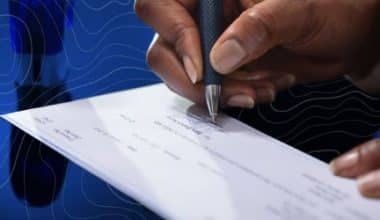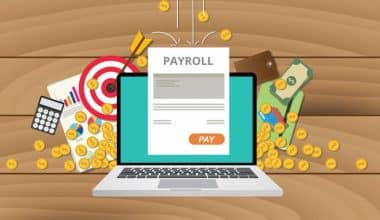There are many reasons you would want to switch your bank. For example, you could be moving cities, or countries, looking for better terms and conditions or even better savings rates. Whichever it happens, here are the steps to follow on how to switch banks.
Find The Bank You Need
When considering closing an old bank account, you need to find a new one where to deposit your funds. There are different ways to do this. For example, you can shop online from the comfort of your home or work. You can also walk into banks and speak to a relationship representative about what you need and if they can offer it for you. Read through websites and brochures, primarily through the fine print, and find out if what you want is part of the package. Collect your options and then find out the one that suits you best.
List The Deposits to Be Done
When shifting from one bank to another, you will need to make a list of deposits. Your life becomes more straightforward once you have a list of automated bill payments like rent or direct deposits. Your list should include automatic deposits, child support or alimony, paychecks, etc.
It should include subscriptions such as gym memberships, streaming sites, and books. It should also include recurring transfers such as life insurance, retirement accounts, etc. Once this is done, it is easier to transfer these activities and your funds to your new bank.
Open The Bank Account
By this time, you might have come across either a physical or an online bank of your choice to open an account. To open the account, you will require some papers such as your driving license, social security numbers, personal contact information, and a mailing address where they will send your documents once they are done.
Enroll Onto the Digital Platforms
Whether you have selected an online bank or a physical one, you should take your time and log onto the application or create a web-based account that can help you access your funds from wherever you are. Your bank or credit union of choice should allow you to open up the portal and once it is done, you can easily log in, verify your identity and access your account. In addition, you can carry out transfers, deposits, schedule actions and so much more. Depending on the institution, you might be required to set up a two or three-factor authentication process for more security.
Update Your Automatic Payments
Remember that list you made on automatic payments? You have to update them in the new bank account. These will come in handy in ensuring that all your bills and subscriptions are paid off on time.
Close The Old Bank Account
Now that you have managed to open up a new bank account and use it to ensure it works perfectly, it is time to close the old one. You will not need it anymore.
Depending on the type of account, you could easily do this via email, a phone call, online, or go in person. You can also check out SoFi to get further details about modern-day banking.






